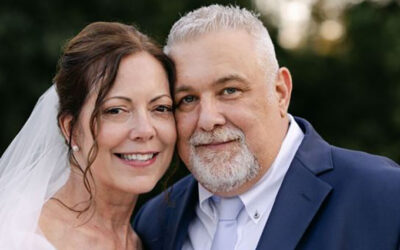Children with complex airway, breathing or swallowing problems can receive specialized diagnosis and treatment at Our Lady of the Lake Children’s Hospital.
Lauren Buck, MD, returned to the Baton Rouge area after medical school in Shreveport, an ENT (ear, nose and throat) residency in Jackson, and a two-year pediatric ENT fellowship at Cincinnati Children’s. Dr. Buck shares what parents need to know about the aerodigestive care that is now being offered in this area.
Collaboration for Exceptional Care
Our multidisciplinary aerodigestive team is being built to treat a whole range of patients who have issues with breathing, feeding and swallowing. Patients include infants and children who cough and choke during feeding, have problems with gaining weight or chronic cough, as well as patients who are tracheostomy or ventilator dependent.
Children who need a tracheostomy, or a small hole made in the front of the neck and into the windpipe (trachea) to insert a breathing tube, require a complex level of care. With education and support, families can care for their child with a tracheostomy at home.
FEES Procedure
Dr. Buck performs flexible endoscopic evaluation of swallowing (FEES) to assess anatomy and vocal folds in a way that avoids radiation of a typical barium swallow study and allows for in-depth evaluation of a patient’s swallow and upper airway.
A small, flexible tube, which Dr. Buck likens to a thin piece of spaghetti, goes through the patient’s nose and toward the throat to see exactly what’s happening. Although it’s uncomfortable, it doesn’t typically hurt, and the discomfort is similar to a COVID-19 test swab.
In all FEES procedures, a speech therapist will feed the child or infant dye-colored food or liquid to watch how they swallow during the scope. For an infant, this can determine if the flow of the nipple is too fast, whether their food should be thickened and what’s a safe diet for the patient.
If Surgical Correction is Needed
One of the more common things the team sees is laryngomalacia, a floppiness of the airway at the level of the upper larynx or voice box. Most of the time, patients can be treated with reflux medicine and time to grow. But about 10% of patients may benefit from surgery, a supraglottoplasty, to trim the extra tissue from around the voice box, allowing the child to breathe easier, feed better and gain weight.
If you think your child could benefit from seeing a specialist about feeding and swallowing issues, start the conversation with your pediatrician.




